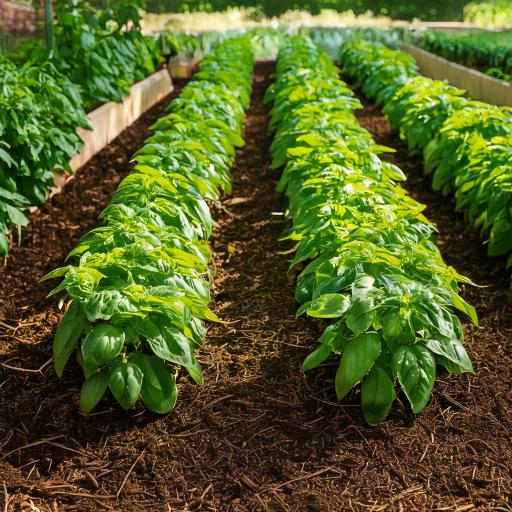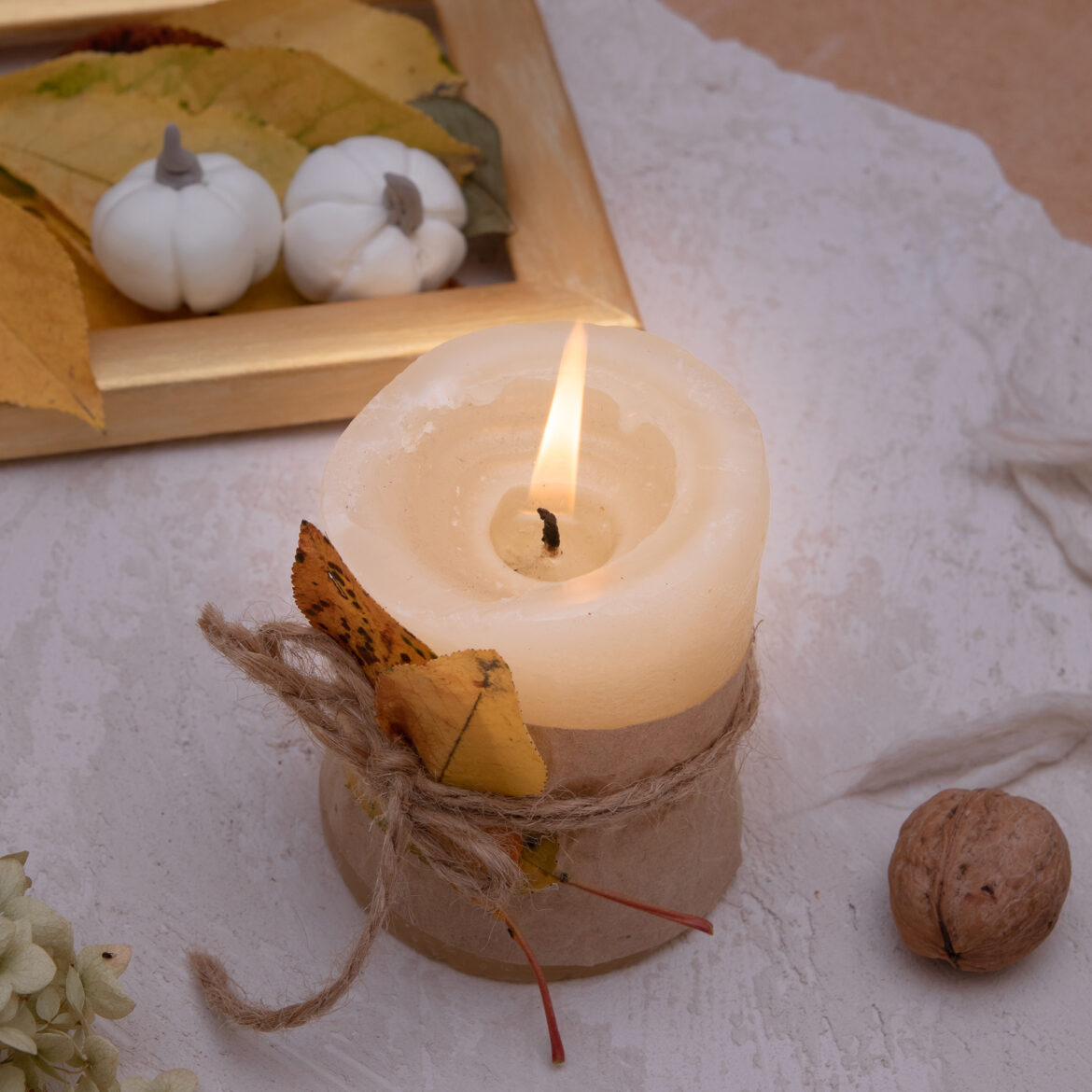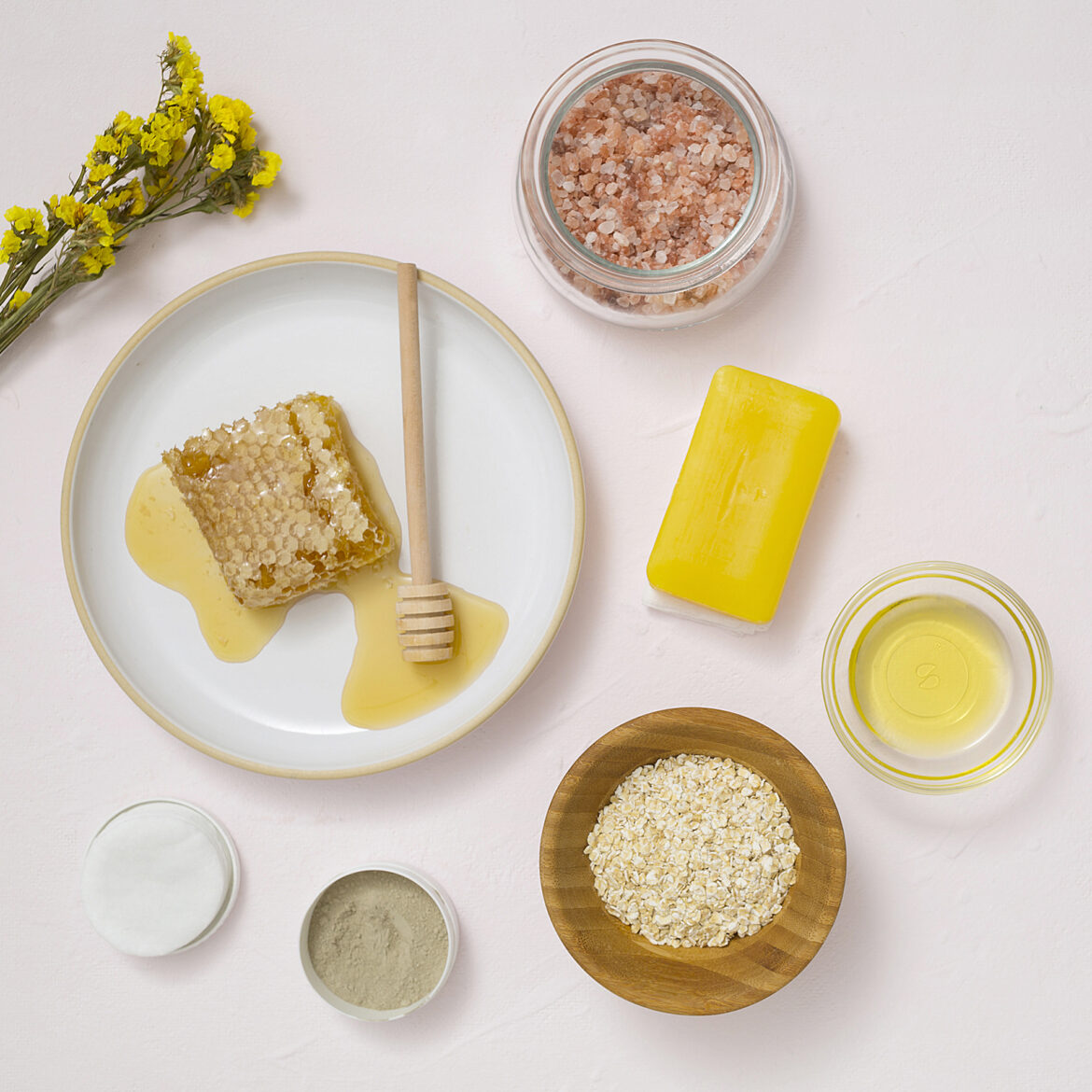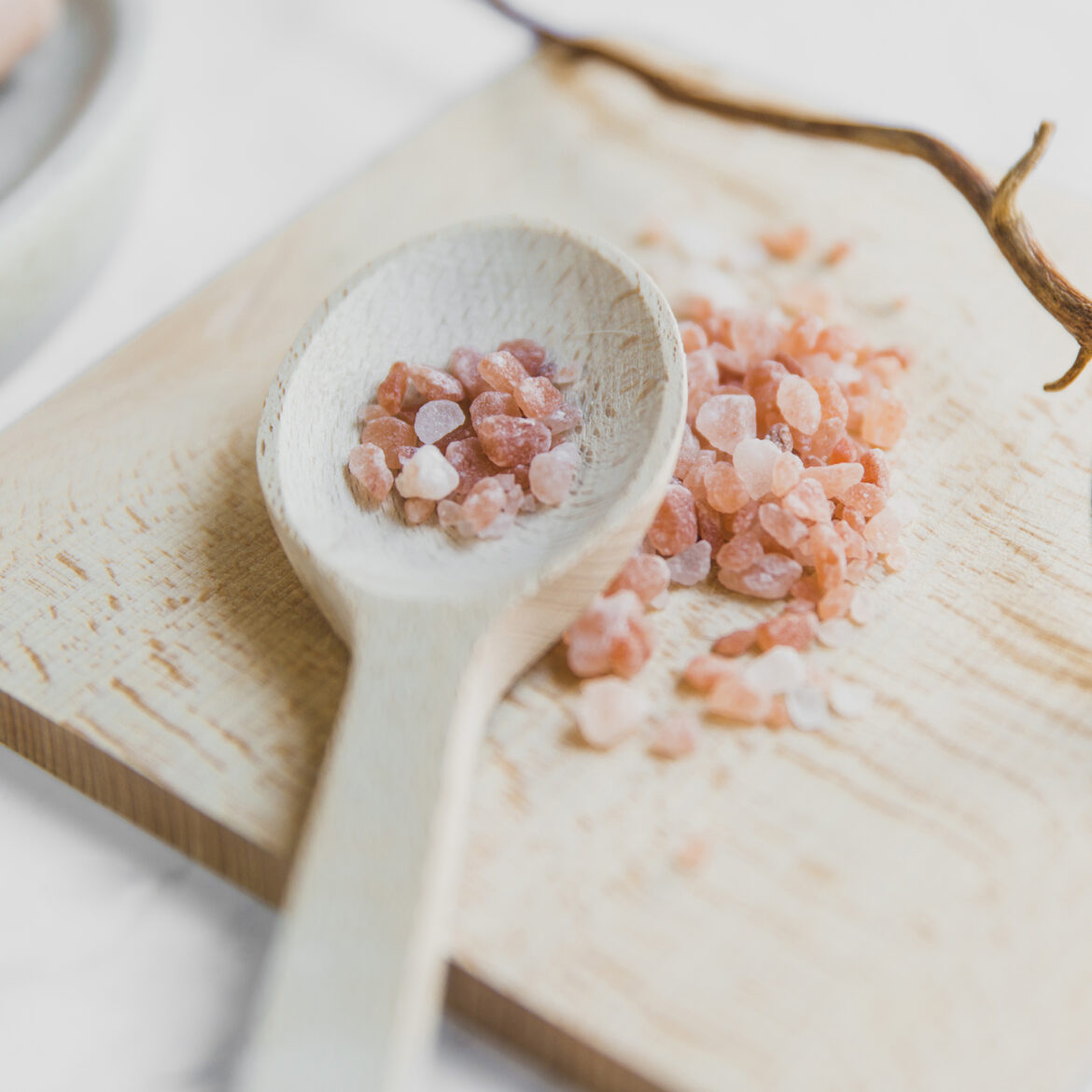Growing Basil at Home: A Complete Guide to This Versatile Herb
Basil is one of the most popular herbs grown in home gardens, and for good reason. This aromatic plant not only adds a burst of flavor to your dishes but is also easy to grow indoors or outdoors. Whether you’re a seasoned gardener or a beginner, basil can be a great addition to your space. Here’s everything you need to know about growing and caring for basil at home.
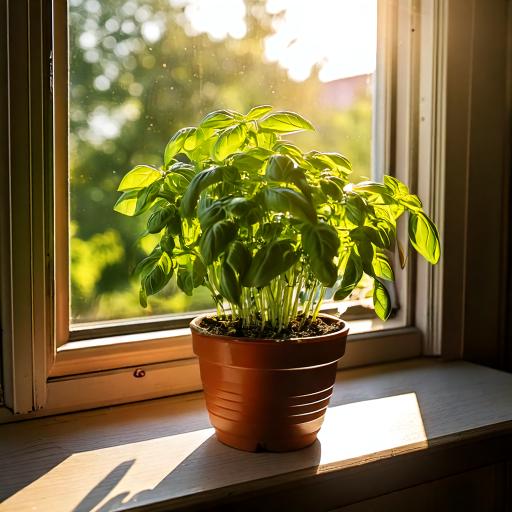
Why Grow Basil at Home?
Basil is a versatile herb that enhances the flavor of countless dishes, from pasta and salads to pizzas and soups. It also has a refreshing aroma that can uplift any room. Besides its culinary uses, basil is known for its potential health benefits, such as being rich in antioxidants and anti-inflammatory compounds.
Growing basil at home ensures a fresh supply whenever you need it, and it’s surprisingly low-maintenance!
Types of Basil You Can Grow
There are several varieties of basil, each with its unique flavor and appearance. Some popular types include:
- Sweet Basil: The most common variety, perfect for pesto and Italian dishes.
- Thai Basil: Offers a spicy, anise-like flavor, ideal for Asian cuisines.
- Lemon Basil: Has a citrusy aroma and taste, great for teas and desserts.
- Purple Basil: Known for its striking purple leaves, adding visual appeal to your garden.
Pro Tip: Start with sweet basil if you’re a beginner, as it’s the easiest to grow.
How to Grow Basil Indoors
Growing basil indoors is simple and convenient, especially if you have limited outdoor space. Here’s how to get started:
- Choose the Right Container: Use a pot with drainage holes to prevent waterlogging.
- Pick a Sunny Spot: Basil thrives in 6–8 hours of direct sunlight. Place it near a south-facing window or use grow lights.
- Use Quality Soil: Opt for well-draining potting soil rich in organic matter.
- Water Regularly: Keep the soil moist but not soggy. Water when the top inch of soil feels dry.
- Prune for Growth: Regularly pinch off the top leaves to encourage bushier growth and prevent flowering.
Pro Tip: Rotate your pot occasionally to ensure even sunlight exposure.
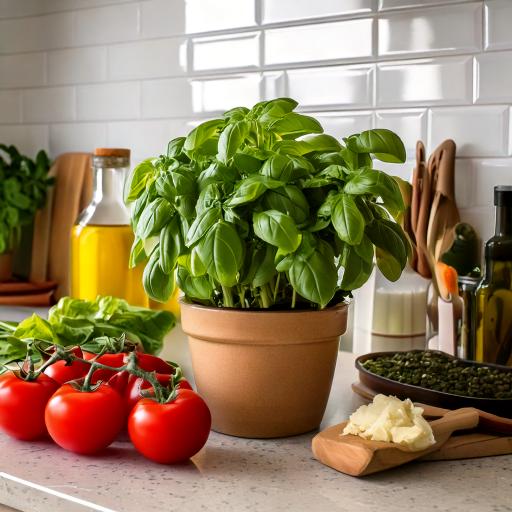
Types of Basil You Can Grow
There are several varieties of basil, each with its unique flavor and appearance. Some popular types include:
- Sweet Basil: The most common variety, perfect for pesto and Italian dishes.
- Thai Basil: Offers a spicy, anise-like flavor, ideal for Asian cuisines.
- Lemon Basil: Has a citrusy aroma and taste, great for teas and desserts.
- Purple Basil: Known for its striking purple leaves, adding visual appeal to your garden.
Pro Tip: Start with sweet basil if you’re a beginner, as it’s the easiest to grow.
How to Grow Basil Indoors
Growing basil indoors is simple and convenient, especially if you have limited outdoor space. Here’s how to get started:
- Choose the Right Container: Use a pot with drainage holes to prevent waterlogging.
- Pick a Sunny Spot: Basil thrives in 6–8 hours of direct sunlight. Place it near a south-facing window or use grow lights.
- Use Quality Soil: Opt for well-draining potting soil rich in organic matter.
- Water Regularly: Keep the soil moist but not soggy. Water when the top inch of soil feels dry.
- Prune for Growth: Regularly pinch off the top leaves to encourage bushier growth and prevent flowering.
Pro Tip: Rotate your pot occasionally to ensure even sunlight exposure.
Caring for Outdoor Basil
If you have a small garden or balcony, basil can also be grown outdoors.
- Planting Time: Basil is a warm-weather herb, so plant it after the last frost.
- Spacing: Space your basil plants 12–18 inches apart for proper air circulation.
- Fertilizing: Use a balanced, organic fertilizer every few weeks to boost growth.
- Pest Control: Watch out for pests like aphids and slugs. Use neem oil or insecticidal soap as a natural remedy.
Pro Tip: Mulch around your plants to retain soil moisture and keep weeds at bay.
Harvesting Your Basil
Harvesting basil correctly ensures that your plant keeps producing fresh leaves.
- Begin harvesting once the plant has 6–8 leaves per stem.
- Always pick from the top to promote new growth.
- Avoid cutting more than one-third of the plant at a time.
Store your harvested basil by drying, freezing, or making pesto for long-term use.
Common Problems and Solutions
Even though basil is easy to grow, you might encounter a few issues:
- Yellow Leaves: Usually a sign of overwatering. Reduce watering and check drainage.
- Leggy Growth: Happens when the plant doesn’t get enough sunlight. Move it to a sunnier spot.
- Pests: Regularly inspect your plant and use natural pest control methods.
Pro Tip: Keep your basil plant away from drafts or air conditioning vents that could stress it.
Creative Ways to Use Basil
Fresh basil can elevate almost any dish. Here are some creative ideas:
- Blend it into homemade pesto for pasta or sandwiches.
- Add fresh leaves to salads for a burst of flavor.
- Infuse it in oils or vinegars for cooking.
- Brew it into herbal teas for a refreshing drink.
Conclusion
Growing basil at home is a rewarding experience, offering fresh, flavorful leaves at your fingertips. With minimal care, this versatile herb can thrive in your home or garden, making it a must-have for any plant enthusiast. Whether you’re cooking a gourmet meal or simply enjoying its aroma, basil is sure to bring life to your space.


